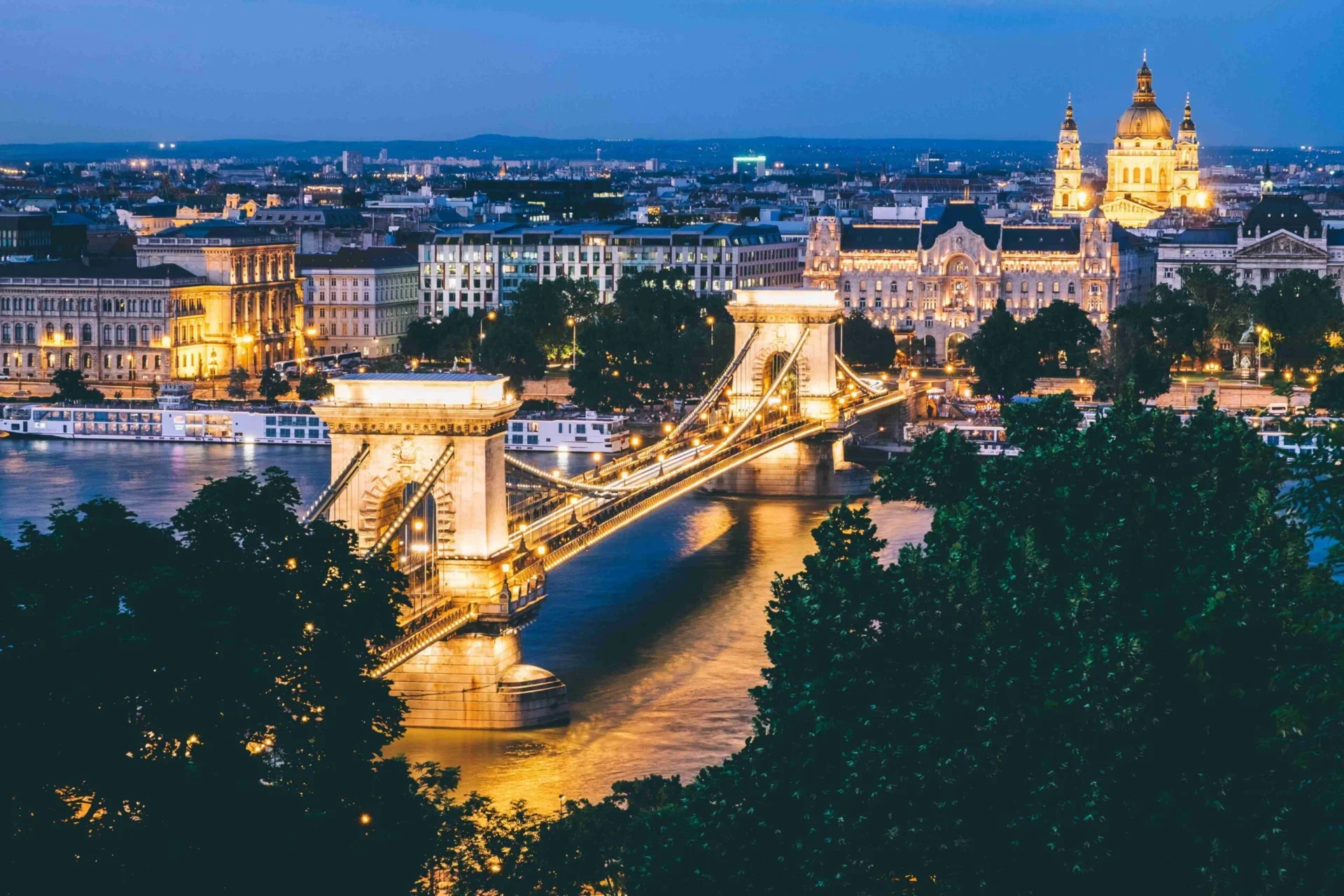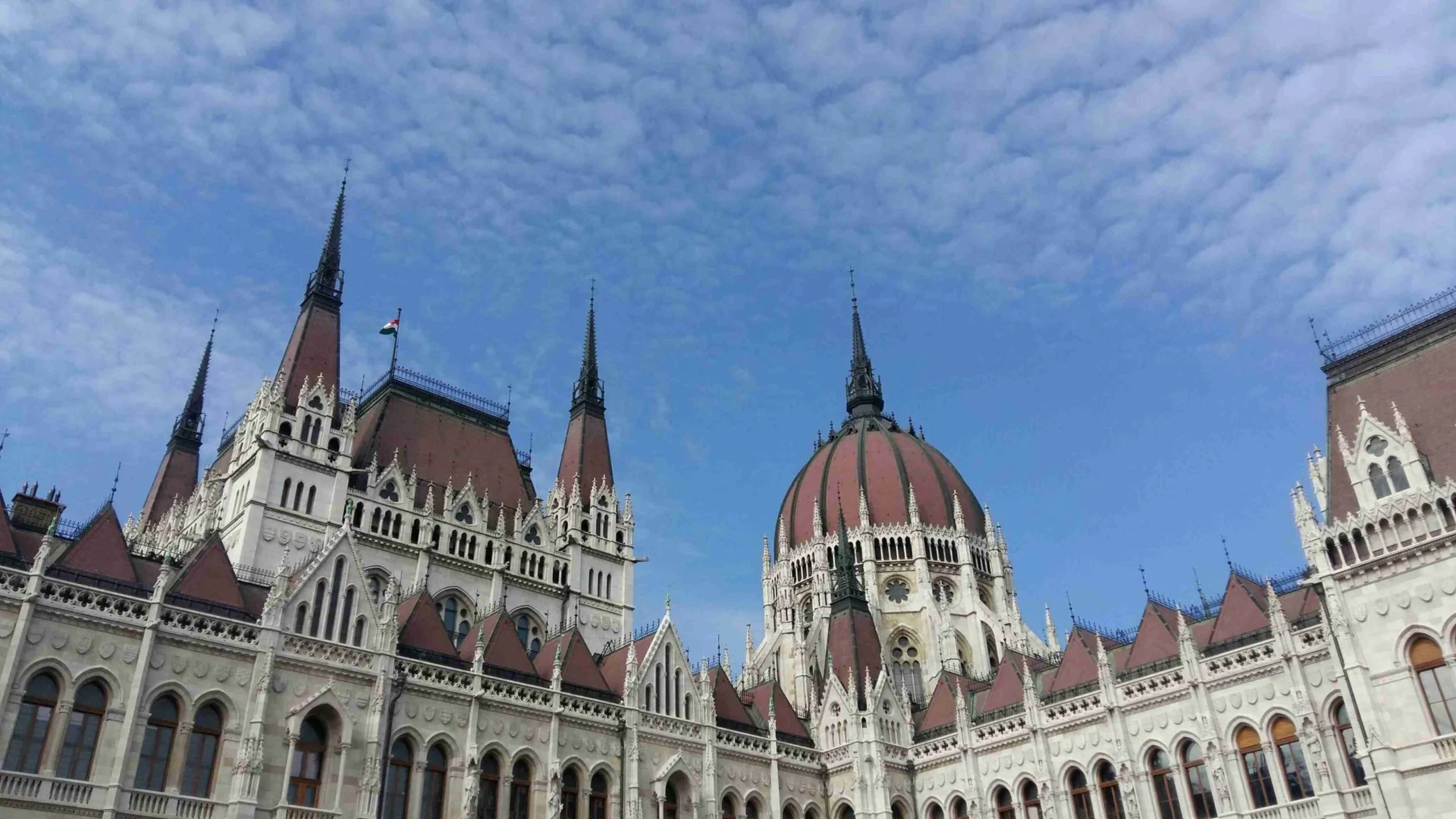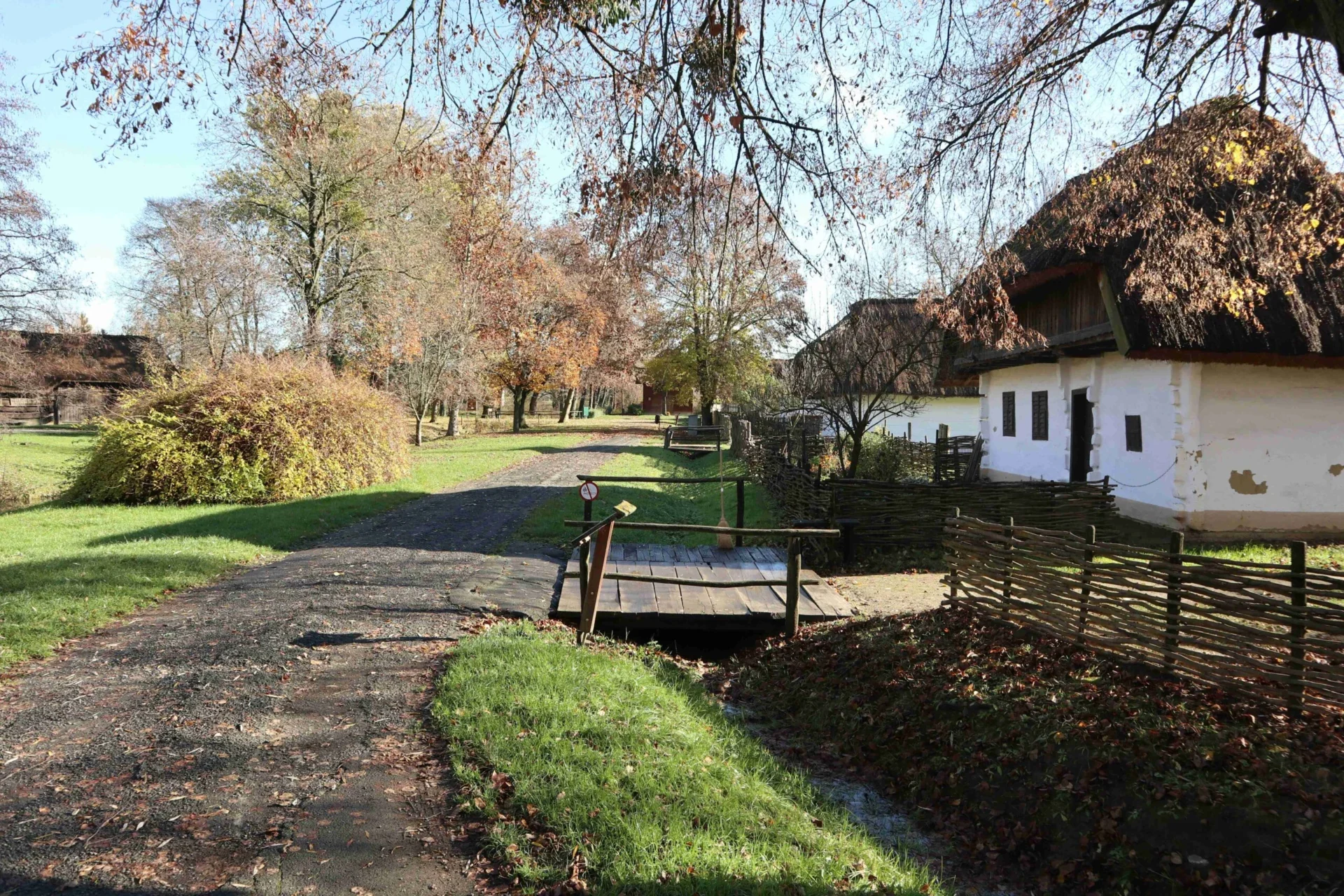Planning a trip to Hungary can be an exciting adventure. This diverse country offers dozens of intriguing destinations, from Budapest’s vibrant capital to Lake Balaton’s serene landscapes and Eger and Hollókő historic towns. Choosing the best time to visit Hungary is crucial for making the most of this experience. This guide will provide insights into when to go, what to expect each month, and how to navigate your travel plans effectively.

Source: Photo by Dan Freeman on Unsplash
When is the Best Time to Go to Hungary?
The best time to visit Hungary depends on personal preferences regarding weather, activities, and crowd sizes. Generally, spring (March to May) and fall (September to October) are considered the best times due to mild temperatures and fewer tourists.
However, summer (June through August) is popular for those who enjoy festivals and outdoor activities, while winter (November through March) attracts visitors looking for a unique holiday experience.
When is the Cheapest Time to Go to Hungary?
Traveling during the low season, typically from November through March, can lead to significant savings. Flights and accommodations are often cheaper during these months due to lower demand. However, it is essential to note that some attractions may have limited hours or be closed during this period.
When is Peak Travel Season in Hungary?
Peak travel season in Hungary occurs from June through August. During these months, tourists flock to major cities and attractions, leading to crowded streets and higher prices for accommodations and activities. If planning a trip during this time, booking tickets well in advance is advisable.
When is the Best Time to Visit Budapest?
Budapest, Hungary’s capital city, offers a range of experiences throughout the year. The best times to visit Budapest are spring (March to May) and fall (September to October). These months feature comfortable temperatures ideal for sightseeing without the summer crowds. Summer is vibrant but can be hot, while winter provides a magical atmosphere with Christmas markets and festive decorations.
Renting a vehicle can be a convenient alternative to public transportation when visiting Budapest or any other destination in Hungary. If this option is chosen, acquiring an International Driving Permit (IDP) is essential before the trip. An IDP is a translation of your home country’s driver’s license and is recognized globally.
How to Obtain an IDP
Getting an IDP is more straightforward than many people assume. The International Driver’s Association can help you secure your IDP in eight minutes. All that is required is to upload your driver’s license on this page , and the team will process your digital IDP. If you prefer a physical copy, you can request it be mailed to you.
Having your IDP ready before your journey can prevent potential complications with authorities and car rental agencies, ensuring a smoother and more enjoyable travel experience.
January
January is one of the coldest months of the year in Hungary, with temperatures often dropping below freezing. Snowfall is common, creating picturesque winter landscapes that can be enchanting for visitors. While outdoor activities may be limited due to the cold weather, this is an excellent time to enjoy Budapest’s famous thermal baths, such as Széchenyi or Gellért Baths.
These baths offer a unique experience where visitors can soak in warm waters surrounded by snow-covered scenery. Additionally, January features fewer tourists, allowing for a more intimate exploration of popular sites like Buda Castle or Fisherman’s Bastion without long lines or crowds.
February
February remains cold and dreary in Hungary, with weather conditions similar to those in January. However, this month offers opportunities for indoor activities like visiting museums or exploring Budapest’s vibrant café culture. The Hungarian National Museum provides insights into the country’s rich history and cultural heritage, making it a worthwhile stop during this chilly month.
Thermal baths remain a highlight during this period; soaking in these warm waters while it snows outside creates a memorable experience. With fewer tourists, February provides a peaceful atmosphere for leisurely exploring Hungary’s attractions.
March
As spring begins in March, temperatures rise gradually but can still be chilly. This month marks the start of various cultural events in Budapest, including National Day on March 15th, which celebrates Hungary’s revolution against Austrian rule with parades and ceremonies throughout the city. Visitors can enjoy traditional music performances and local food stalls during this festive occasion.
March is also a great time for sightseeing as tourist crowds remain manageable compared to summer; attractions like Heroes’ Square and City Park are delightful without large crowds.
April
April brings milder temperatures and blooming flowers across Hungary, making it one of the best months for outdoor exploration. The pleasant weather is perfect for walking along the Danube River or visiting City Park in Budapest , where locals gather for picnics amidst blossoming trees.
April also hosts cultural events like the Budapest Spring Festival, featuring concerts and art exhibitions showcasing local and international talent. This month marks an increase in tourist numbers as spring unfolds; however, it remains lower than peak summer months, allowing travelers to enjoy attractions without overwhelming crowds.

Source: Photo by Nina Tabata on Unsplash
May
May offers comfortable temperatures ranging from 10°C to 22°C (50°F – 72°F), making it ideal for sightseeing and outdoor activities such as hiking or cycling along scenic trails near Lake Balaton. Many cafés and restaurants open their terraces during this time, allowing visitors to enjoy al fresco dining while taking in beautiful views of historic architecture throughout Budapest’s cityscape.
May also features events like wine festivals that showcase Hungary’s world-renowned wines; participating in tastings at vineyards near Eger or Tokaj can enrich any traveler’s experience during this vibrant month.
June
June marks the start of summer in Hungary, with warmer temperatures averaging around 25°C (77°F). This month kicks off numerous festivals across the country, including music events such as Sziget Festival—one of Europe’s largest music festivals held on Óbuda Island—drawing thousands of attendees from around the globe!
Longer daylight hours make it perfect for exploring attractions such as Buda Castle or Margaret Island. Visitors can relax amidst lush gardens while enjoying various outdoor activities available throughout these vibrant spaces.
July
July is one of the hottest months in Hungary, with temperatures often reaching 30°C (86°F) or higher—ideal conditions for enjoying outdoor activities! It’s an excellent time to relax by Lake Balaton or attend vibrant festivals held throughout different cities across Hungary, including Balaton Sound, a major electronic music festival that attracts party-goers eager for fun under sunny skies!
However, July also marks peak tourist season. Expect crowded attractions, especially in major cities like Budapest, where booking accommodations early becomes essential if you plan a visit during this lively period!
August
August remains hot and sunny across Hungary, with similar conditions as July. However, one notable highlight of this month is St. Stephen’s Day on August 20th—a national holiday celebrating Hungary’s first king—with fireworks displays over the Danube River illuminating Budapest’s skyline!
This festive atmosphere draws large crowds eager to participate in parades filled with traditional music performances alongside delicious street food options available throughout various locations within cities! While August attracts many tourists due to its celebratory nature, booking accommodations early remains advisable if visiting during this period!
September
September brings cooler temperatures as summer transitions into fall, creating a comfortable environment for sightseeing without overwhelming heat! This month is particularly popular among wine enthusiasts as grape harvest season begins across northern Hungary’s vineyards like Tokaj or Eger, where visitors can partake in tastings while learning about local winemaking traditions!
The Budapest Wine Festival, held at Buda Castle, showcases some of Hungary’s finest wines while offering stunning views over the cityscape and river—making it an excellent opportunity to not only indulge but also appreciate beautiful surroundings!
October
October features mild weather and vibrant autumn foliage that enhances Hungary’s natural beauty—especially along scenic routes leading towards rural areas such as Hollókő, known for its traditional architecture! It’s an excellent time for exploring scenic areas without dealing with summer crowds; hiking trails become particularly appealing amidst changing leaves, providing breathtaking views for photography enthusiasts!
Cultural events like Oktoberfest-inspired beer festivals add another layer of excitement during this month. Visitors can sample local brews while mingling amongst locals and celebrating the harvest season!
November
November marks the beginning of winter-like conditions in Hungary, characterized by shorter days and colder temperatures averaging around 5°C-10°C (41°F – 50°F) during daytime hours! While many outdoor attractions may have reduced hours or closed entirely by November’s end, indoor activities such as museum visits remain popular options, cozying up at local cafés and sipping mulled wine—a beloved seasonal treat enjoyed by many!
With fewer tourists around, November provides an excellent opportunity for budget travelers seeking lower prices on accommodations while still enjoying rich cultural experiences throughout major cities!
December
December transforms cities like Budapest into magical winter wonderlands adorned with festive lights and decorations. Alongside bustling Christmas markets offering handcrafted gifts and traditional Hungarian treats such as chimney cakes and mulled wine, ice skating rinks pop up around city parks, providing additional seasonal fun despite colder weather conditions averaging below freezing on most days!
Visitors can immerse themselves fully into the holiday spirit by exploring various markets scattered throughout the capital city and enjoying live performances showcasing local talent—creating unforgettable memories amidst an enchanting atmosphere!

Source: Photo by Balint Miko on Unsplash
Making A Decision
When deciding the best time to visit Hungary, consider personal preferences regarding weather conditions, crowd sizes, and specific activities of interest. Spring (March-May) or fall (September-October) are ideal for those seeking mild weather and fewer tourists. If vibrant festivals and outdoor activities are priorities, summer (June-August) will offer plenty of options despite larger crowds.
For travelers on a budget seeking lower prices on flights and accommodations, visiting during the low season (November-March) can provide significant savings while still allowing enjoyment of Hungary’s rich culture and history .
Hungary Awaits!
Hungary is a captivating destination that offers something special at any time of year. Whether exploring bustling Budapest or relaxing by Lake Balaton, each season brings unique experiences highlighting the country’s charm. Travelers can create unforgettable memories in this beautiful country by understanding when to visit based on preferences and interests.
Frequently Asked Questions
Is it expensive to visit Hungary?
The cost of visiting Hungary depends on the time of year and travel preferences. Visiting during the low season (November to March) is generally more affordable, with cheaper flights, accommodations, and fewer crowds.
However, during the peak season (June to August), prices for hotels, tours, and activities tend to rise significantly due to increased demand. Dining out and public transportation remain relatively inexpensive compared to other European destinations, making Hungary a budget-friendly option.
Are there any significant festivals in Hungary?
Yes, Hungary hosts several notable festivals throughout the year. St. Stephen’s Day, celebrated on August 20th, is one of the most important national holidays featuring parades, fireworks over the Danube, and cultural events. Wine lovers can enjoy various late summer and fall wine festivals, such as the Budapest Wine Festival held at Buda Castle.
Other highlights include the Budapest Spring Festival in April, which showcases music and the arts, and the Busójárás festival in Mohács in February, which celebrates the end of winter with colorful masks and folk traditions.
What should I pack when visiting Hungary?
Packing for Hungary depends on the season. In spring (March-May) and fall (September-October), bring layers such as light jackets or sweaters for fluctuating temperatures. Summer (June-August) requires lightweight clothing for warm days but includes a hat and sunscreen for sun protection.
For winter (November-February), pack heavy coats, gloves, scarves, and waterproof boots, as temperatures can drop below freezing. Comfortable walking shoes are essential year-round for exploring cities like Budapest or hiking trails near Lake Balaton.
Can I visit thermal baths year-round?
Yes, Hungary’s famous thermal baths are open year-round. During colder months (November-March), they are delightful, offering a unique experience of soaking in warm mineral-rich waters surrounded by chilly air or snow. Popular options include Széchenyi Baths in Budapest and Hévíz Thermal Lake near Lake Balaton.
In warmer months, outdoor pools and spa facilities at these locations provide a relaxing retreat from sightseeing activities.







